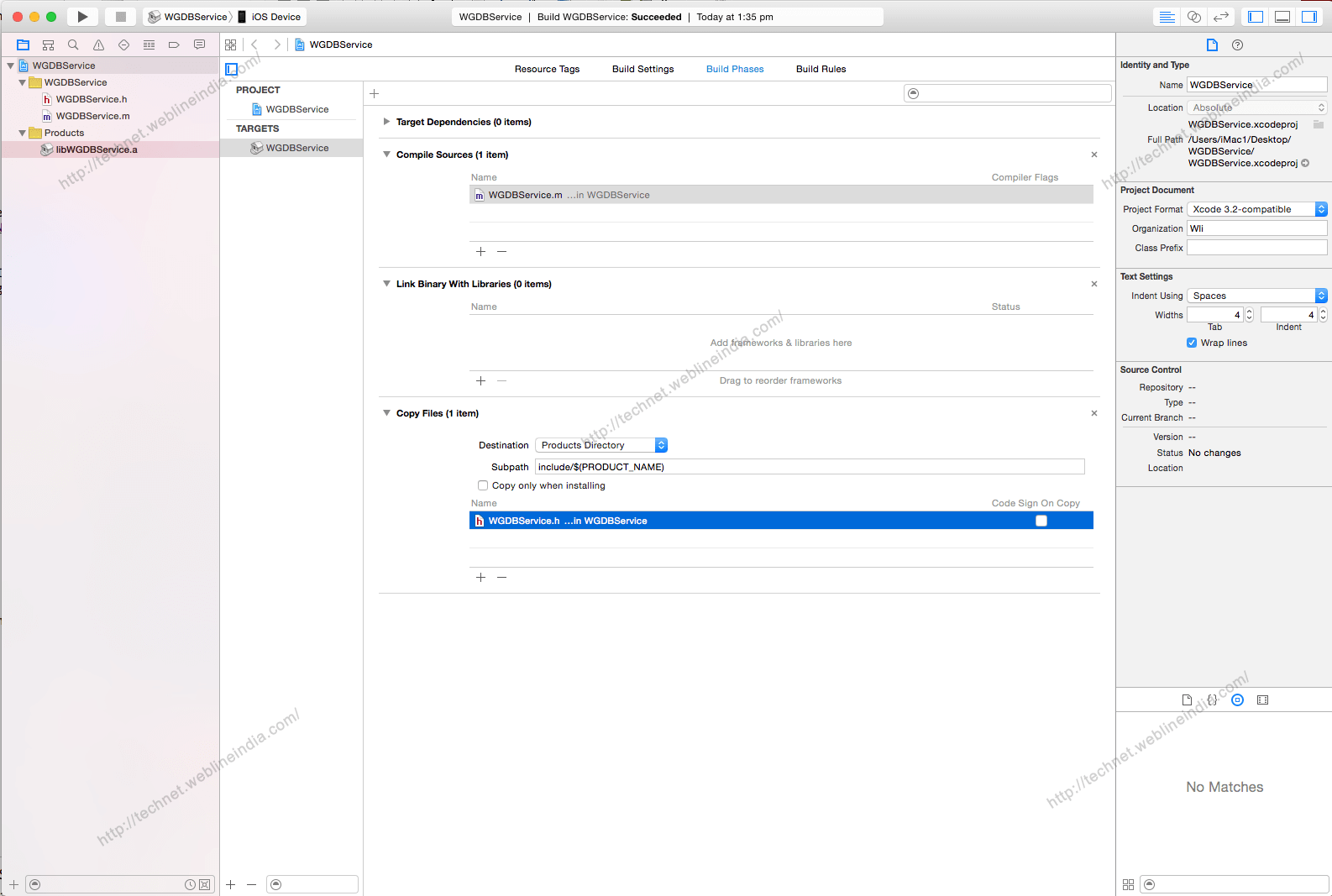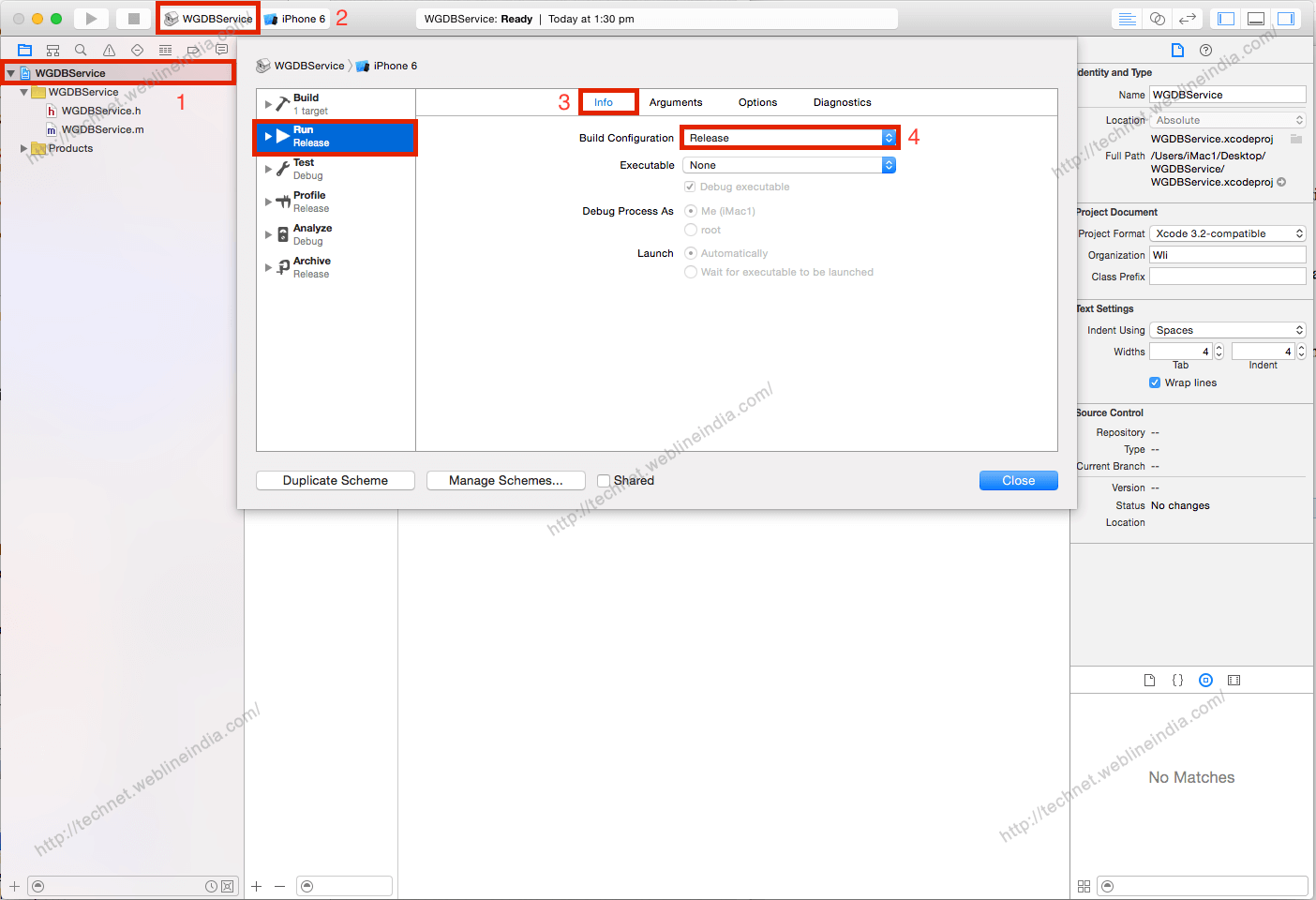If you are an iOS developer and having good experience in iPhone apps development and iPad application development, then I am sure by now you would have created your own classes which you can utilize in all your iOS projects.
You can directly use these files in projects also. However this can become a maintenance problem at a later stage. As each project will have its own copy of the code and it becomes difficult to keep all in Sync for update and bug fixes, if any, in your custom classes.
So in such cases, static libraries comes to our rescue. A Static library is a pack of compiled classes, functions and resources which can be used together with iOS app development project. It is a compiled binary or fat file and can be shared between projects.
So in this tutorial I will share with you a demo on creating our own static library using Xcode6.3 with example and how to make those libraries as Universal library.
This helps to reduce time, reuse, recycle and compact the code for efficiency and faster app development.
Creating Static Library for faster iOS Apps development
First step is to launch Xcode, and choose File\New\Project. A template dialog appears, select iOS\Framework & Library\Cocoa Touch Static Library as shown below.
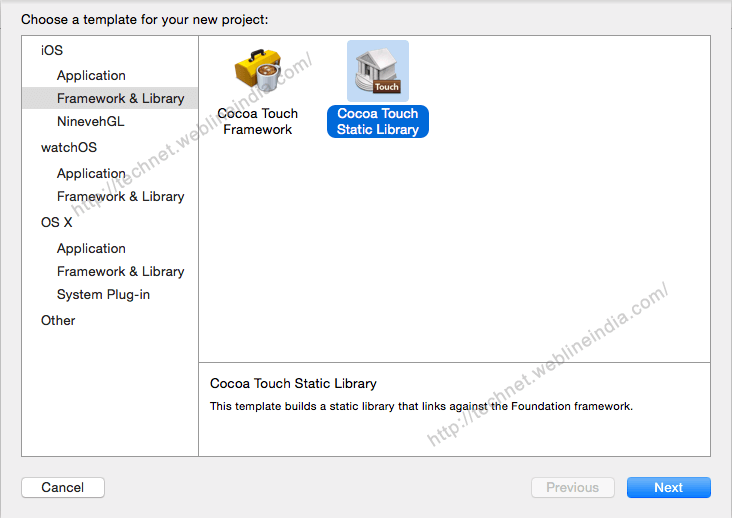
Click Next. In the dialog box, type product name, as an example we will name it as – WGDBService. Then, enter organization name as well. as an example we will name it as – Wli
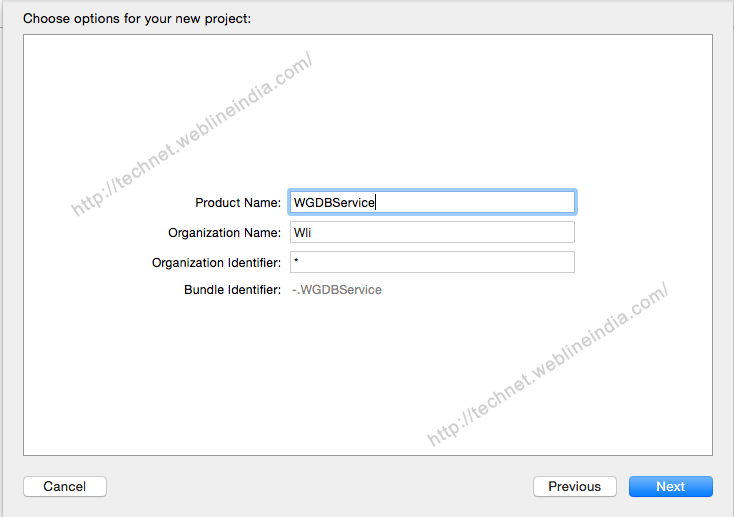
Click Next, choose the location where you’d like to save your new project and click create.
Xcode has created a ready to use static library project and even added classes WGDBService for you. By default Xcode will add Foundation framework when you create a project. You can add classes and required framework as you want.
You can create and add classes with relevant functionalities that you would like to use as library.
Now to create library, build and run the library. You will notice the usual Xcode “Run” button which just performs a build; you can’t actually run your library to see the results as there’s no app behind it!
Before build, check for the scheme and build mode.
- Choose WGDBService target in Xcode.
- Choose related Scheme and set release mode for build.
Next, follow the below steps.
- Select device and run the application
- It will create a static library with a extension for device.
- If you select device to build then you will see the color change from red to black of the product libWGDBService.a

You can find the generated static library in the Products folder in the project navigator. Right-click or control-click libWGDBService.a and select Show in Finder in the contextual menu. Xcode will open the folder in Finder, where you will see something like below,
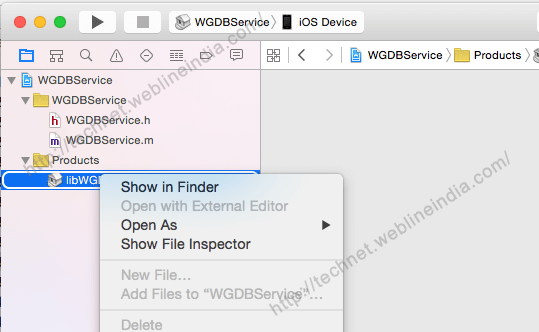
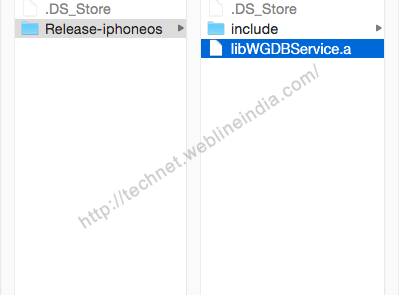
There are two parts to the end product of library.
- Header files
In the include folder, you will find all the public headers of the library. In this case, there’s only one public class so this folder only has the single WGDBService.h file. You’ll need to use this header file later in your app’s project so that Xcode knows about the exported classes at compile time.
- Binary Library
The static library file that Xcode generates is libWGDBService.a When you want to use this library in an application, you’ll need to link it using this file.
These two pieces are similar to the things you need when including a new framework into your app; you simply import the framework header and the framework code gets linked into the app.
By default, the library file will be built only for the current architecture. If you build for the simulator, the library will contain object code for the i386 architecture for 32 bit and x86_64 for 64 bit; and if you build for the device you’ll get code for the ARM architecture. You would need to build two versions of the library one for Simulator and one for device.
In next page, we will see how to support multiple platforms.
To support multiple platforms, you can create a universal binary that contains the object code for both architectures, Simulator and device.
Universal Binary
Universal binary is of that kind which contains object code for multiple architectures. The Static library file will include the object code for your iOS device’s (ARM) and your simulator’s (i386,x86_64) architectures. Xcode will identify the library as universal and every time you build the app it chooses the appropriate architecture based on target.
In order to create universal binary library, you need to use system tool called lipo.
lipo is a command line tool that allows you to perform operations on universal files (operations like creating universal binaries, listing universal file contents and more).
- lipo can be used directly from command line to create universal library.
- Create Aggregate target in Xcode.
- Create command line script that Xcode will run for you
- Create universal library.
Further in this tutorial we will use lipo command line tool to create universal library.
- Select Simulator and build project
- Then Select iOS device and again build project as explained earlier.
- You can find generated library inside Products folder for both iOS device and Simulator separately.
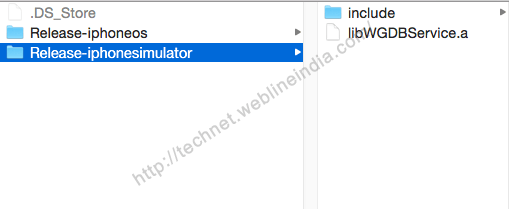
- Now go to terminal window and go to that path, execute the following lipo command
lipo -info libWGDBService.a (binanary file name)
-info is used to list all the architecture present in binary file.
- Execute the command for both the binary iOS device and Simulator.
- You can see for Simulator it shows i386, x86_64 and for iOS device armv7, arm64.
- To make universal library, put both library in one folder
- Here I have renamed the binary for simulator as libWGDBSimulatorService.a and for device as libWGDBSDeviceService.a
- Copy it to Release-iphoneos folder.
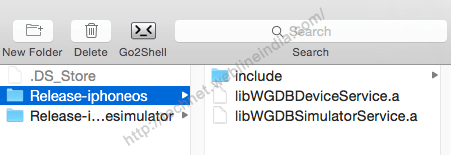
- Now Release-iphoneos contains two binaries, one for Simulator and one for device.
- Go to the folder which has both library using terminal window and execute the command,
lipo -create libWGDBSimulatorService.a libWGDBSDeviceService.a -output libFinal.a
- This will combine the two binaries and generate the final output as libFinal.a file.
- You can check architecture by usinf -info command.
I hope this article was helpful for you in understanding the Static Library concept and the process of creating the same. So this was all about Creating Static Library in iOS application development. Have any questions, raise it in comment section.
Author : BhoomiJV
